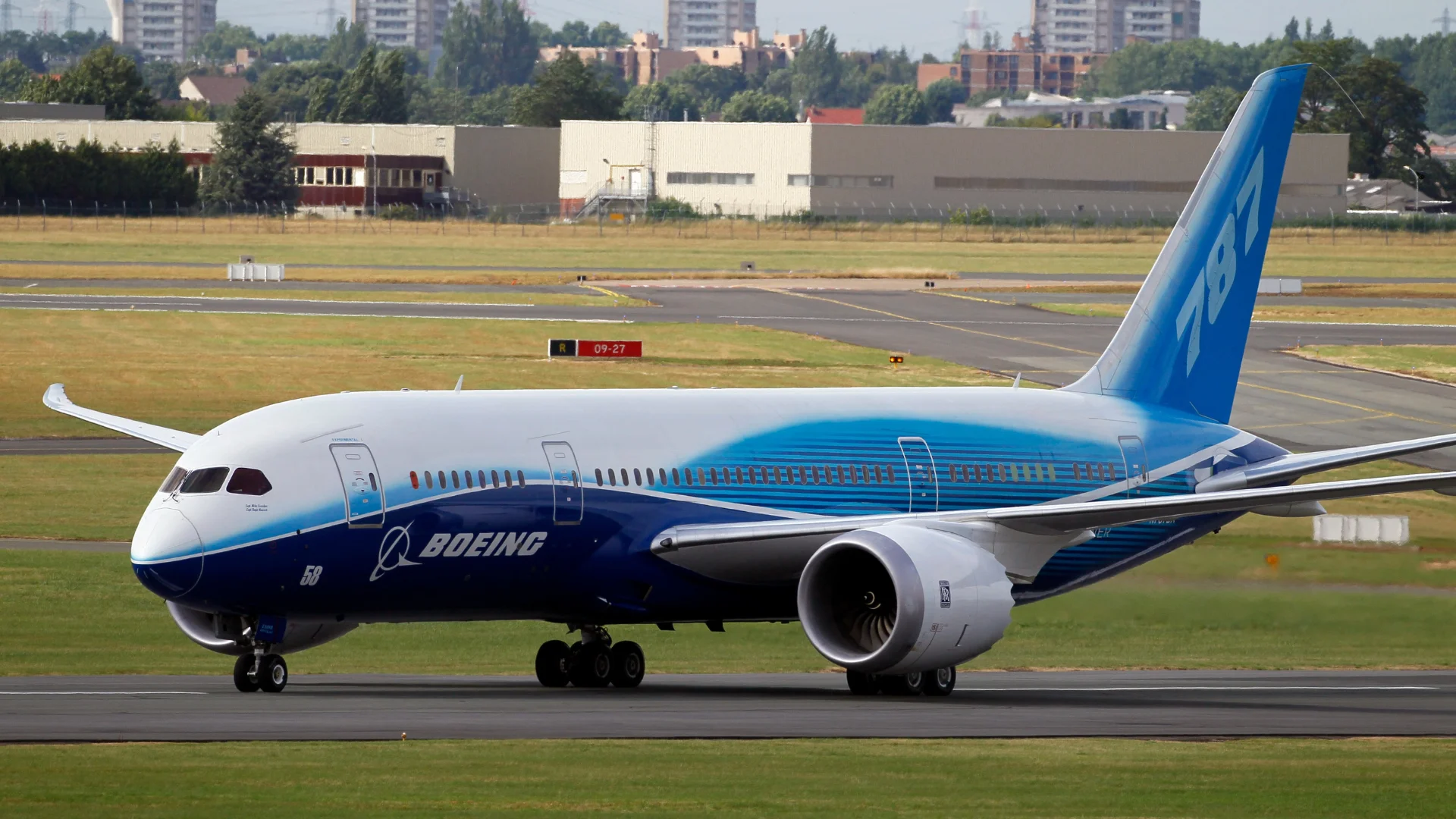In July this year, Scott Stocker, Vice President and General Manager of the Boeing 787 Program, marked a milestone for the model: "This milestone would not have been possible without the trust and confidence of our customers in operating the 787, and we are incredibly grateful for each of them. The 787 Dreamliner family was designed to connect people and places like never before. Flying over one billion passengers in this relatively short time is a testament to how the airplane has delivered on its promises to transform air travel with operational versatility, efficiency and comfort. This achievement reflects the dedication, talent and innovation of the teammates and partners who have brought the 787 family to life. To every operator flying the 787 and every one of the one billion passengers who have flown on a Dreamliner, thank you."
The Airbus A350 stands as Boeing’s main rival in this segment. Launched commercially by Qatar Airways in January 2015 for its -900 variant—and again by Qatar for its larger -1000 version three years later—the A350 incorporates advanced materials such as carbon-fiber-reinforced polymer for more than half its structure. This design results in lower weight and improved fuel efficiency compared to older models; Airbus claims a roughly quarter improvement in fuel consumption relative to previous generations.
Singapore Airlines leads as today’s largest operator of Airbus A350s with a fleet totaling sixty-five aircraft. Other major operators include Qatar Airways (58), Cathay Pacific (48), Air France (37), and Delta Air Lines (37).
Several factors explain why airlines have chosen more Boeing 787s than Airbus A350s so far. The Dreamliner entered service about four years earlier than its European counterpart, giving it an initial advantage among carriers seeking new long-haul jets during that period. Its smaller size—especially evident in early variants—makes it suitable for long-range routes that do not require higher seating capacities offered by larger planes like those from Airbus.
Despite selling fewer units overall so far, industry observers note that revenue from A350 sales may be comparable or even higher due to compensation payments made by Boeing after delivery delays affected several airline customers.
Operationally, Boeing reports that more than two thousand orders have been placed for all variants combined from eighty-nine airlines worldwide; over eleven hundred seventy-five units have already been delivered across eighty-five countries serving five hundred twenty airports globally.
However, safety concerns have surfaced during these years as well: battery fires grounded all Dreamliners temporarily soon after their introduction; manufacturing defects caused further disruptions between May 2021 and July 2022; most recently—in June this year—a fatal crash involving an Air India-operated Boeing 787 resulted in significant loss of life both onboard and on ground.
While current market conditions favor Boeing’s lead thanks largely to timing advantages rather than inherent differences between products themselves, analysts suggest future growth opportunities remain strong for both manufacturers as airlines seek modern replacements for aging widebody fleets.
 Alerts Sign-up
Alerts Sign-up





















